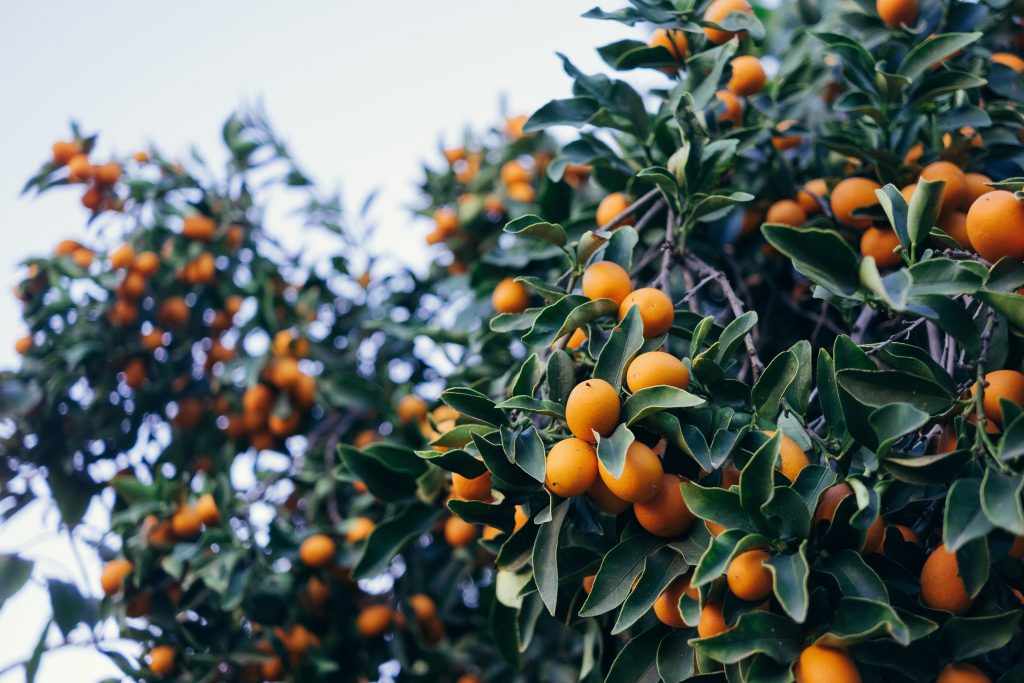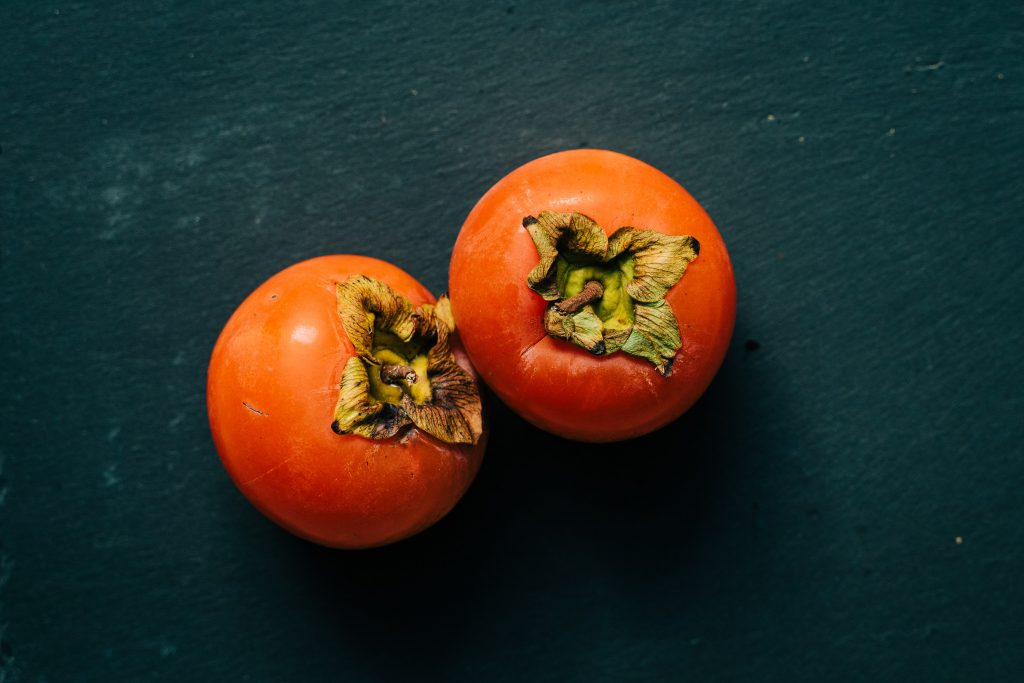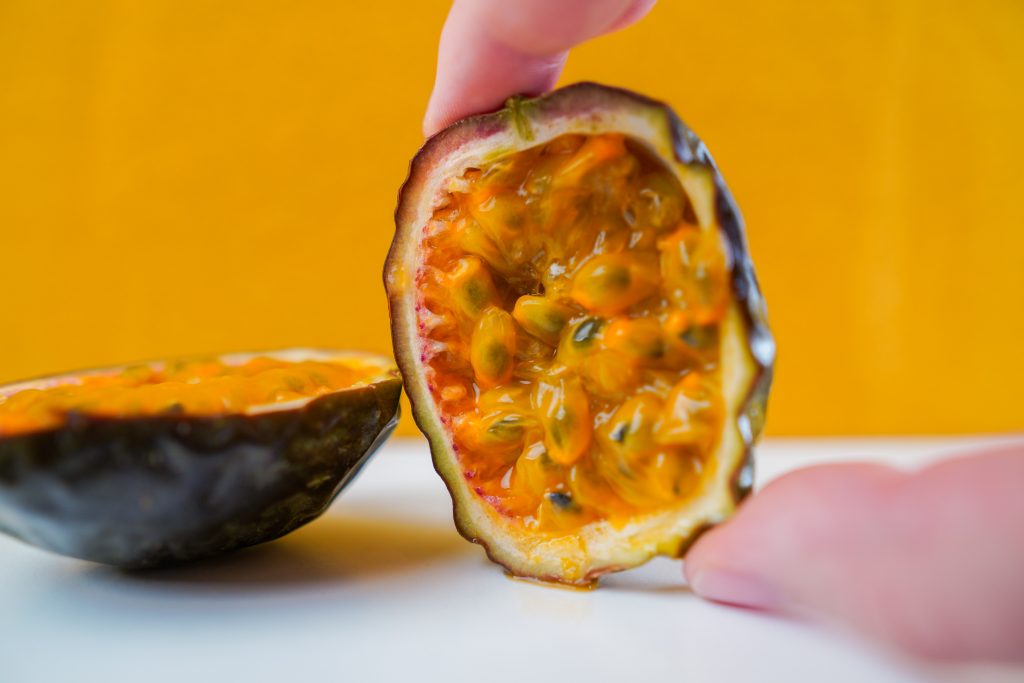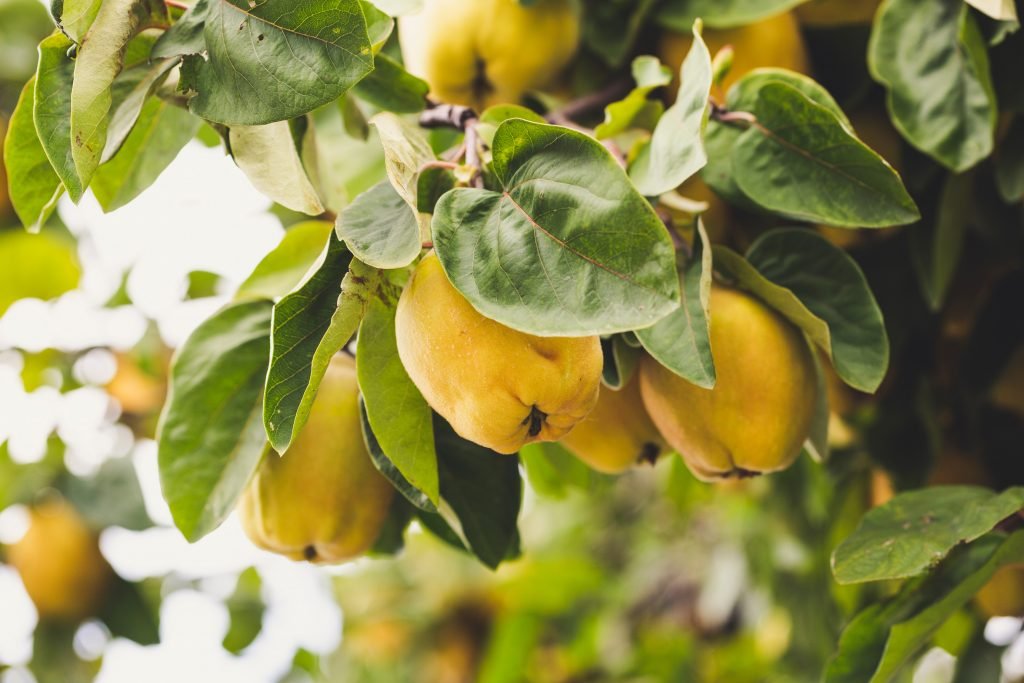Fall fruits are in full swing, from apples to pumpkins. This means we can already enjoy the healthiest seasonal fruits.
The fall season gives a lot of opportunities to enrich the diet with fresh vegetables and fruits. This time of year allows us to enjoy lots of different nutrients found in these foods, which are rich in both colors and flavors.
Health experts recommend consuming six servings of fruits every day. However, if you eat more than one serving at a time, it should be consumed as fruit juice. Throwing the fruit into a blender is generally advised, as it makes it easier for your body to absorb all the nutrients.
This way of consuming them is much more advantageous than eating whole fruits because it allows you to absorb their natural sugars faster and avoid unnecessary hunger that’s typically experienced after eating whole fruits.
Generally speaking, fall fruits and vegetables are known to be loved by many. And even though you can find those fruits whenever you want during the year. They are the freshest and tastiest in fall.
In this blog, we will discuss the 4 best fall fruits and their health advantages.
Kumquats

Kumquats are one of the healthiest fall fruits. They’re packed with as much Vitamin C as citrus fruits and as such can prevent or even cure scurvy.
They are also rich in fiber, potassium, and magnesium. Another benefit is they taste great and the price for them tends to be lower than other fruit! Kumquats taste like a mix of oranges and tangerines. They also make a good jam with ginger, cinnamon, and cloves.
Kumquats also have a very nice tart flavor which pairs perfectly with their sweet taste.
This fall fruit does not only taste good but makes a great decoration as well. The size of the fruit ranges from 2″-5″. You can add them to salads, put on the cakes and basically do whatever you want. Kumquats are never too much.
A lot of people like eating kumquats with the peel, however, some people have allergies. Thus, before eating these fall fruits consider cleaning your kumquats well under running water because the pulp becomes very bitter if not cleaned properly. Then slice them from the bottom and take off the top as if you were de-seeding an orange.
Second thing is to take out the seeds with the help of a small knife or some other pointy object. This part can be hard because some kumquats are very seedy while others don’t have any seeds at all.
Persimmons

Persimmons are a great addition to your fall diet. They are healthy, tasty, and easy to eat, so let’s take a look at what you need to know about persimmons, including how to pick them out in stores.
If you have never tried these amazing fall fruits, it is something that tastes similar to an apple or pear with some strawberry notes. The texture, however, is very different from an apple. Instead of being crisp, it’s much softer when ripe.
Persimmons are packed with nutrients. They are rich in fiber and have a moderate amount of protein, carbohydrates, potassium, vitamin A, calcium, folate, thiamine riboflavin, and niacin.
The persimmon is really part of the ebony family, not the tomato family with which it is often confused. The fruit can be eaten fresh or dried for later consumption. You can also make jams with them, cakes, pies, bread, muffins, pancakes, etc.
If you want to purchase the tastiest persimmons then look for stout ones with soft, glistening, orange skin free of breaks or stains. Ripe persimmons should be eaten soon after they are ripe because their taste deteriorates with time. Unripe persimmons will take a few days to ripe; keep them in an area with good air circulation until they are ripe.
Passion Fruit

Passion fruit is a climbing vine of the passionflower native to southern Brazil through Paraguay and northern Argentina. It is grown commercially in tropical and subtropical regions for its tasty, seedy fruit.
The plant bears white flowers with purple spots inside that develop into yellowish fruit containing black seeds surrounded by edible orange aril pulp. The fruit can be round, ovoid, or oblong shaped.
In Costa Rica, it is one of the most popular and common fruits found in homes, restaurants, and markets. It is usually consumed fresh as a juice or fruit salad, used to make juices and other beverages, for ice cream filling and desserts. The seeds can be saved to use as a flavoring for cake and other desserts.
The fruit’s flavor is a mix of banana, pineapple, and strawberry with sour citrus acidity and a hint of bitterness, which can be offset by mixing it with sweeter fruits such as oranges or mangoes. It has been described as “a cross between those three” flavors.
This fall fruit is full of vitamins and nutrition. It contains Vitamin C, A, and Fiber. Passion fruit is high in potassium, which lowers blood pressure and helps your heart. It also contains calcium, magnesium, phosphorus, potassium, and folate. These have a significant impact on your kidneys, nerves, muscles, and heart rhythm.
Quinces

Quinces are one of the tastiest fall fruits. They are also one of the most difficult to work with. They are very hard, which makes them somewhat challenging to cut and prepare.
The quince is a very nutritious fruit with a low-calorie density. The USDA National reports that one 100-gram quince fruit contains only 57 calories.
It’s high in nutrients, including dietary fiber, antioxidants, vitamins, and minerals, which make it a great addition to your keto diet.
Quince has a high vitamin C content and contains tannins such as catechin and epicatechin. It also contains significant amounts of vitamin C. Quince is also high in calcium, iron, potassium, magnesium, and copper.
While quince is less well known in the US, it’s very popular in Mediterranean countries, especially throughout Spain and Italy. It’s used to prepare jams, jellies, marmalades, pies, cakes, puddings, salads, meats (for example beef or pork), beverages (such as tea), appetizers, and more.
To conclude
With all these fall fruits to choose from, it can seem overwhelming. But with a little bit of knowledge on how they are used and the benefits each one offers, choosing becomes easier! Remember that you can turn any fruit into a delicious dessert – try baking an apple pie or peach cobbler this season for your family and friends. If you have any questions about which type is best for what occasion or cooking use feel free to leave a comment so we can help get those creative juices flowing.
In the end, we hope this article will help you find the best fruit for your needs!



